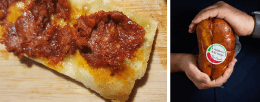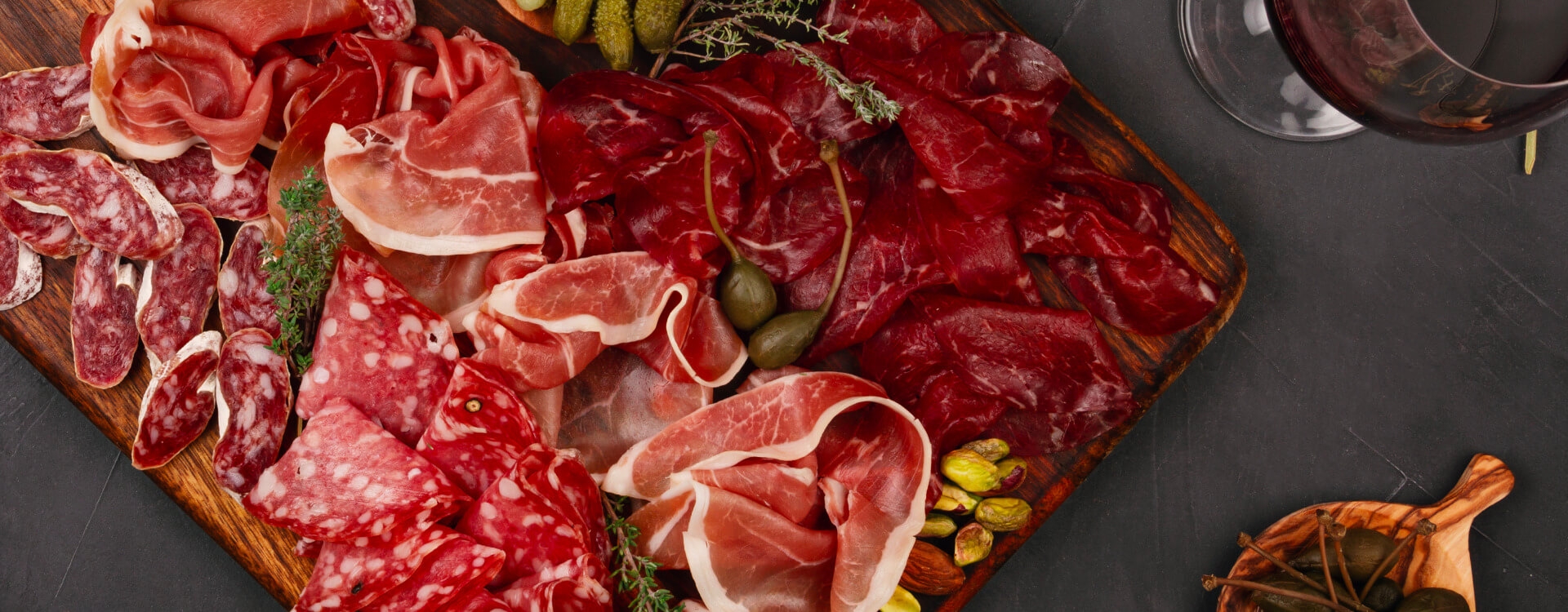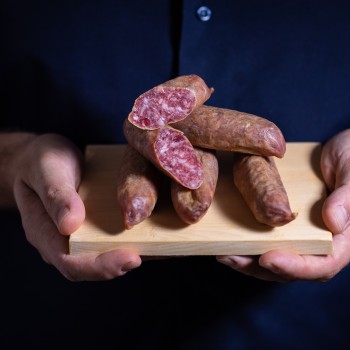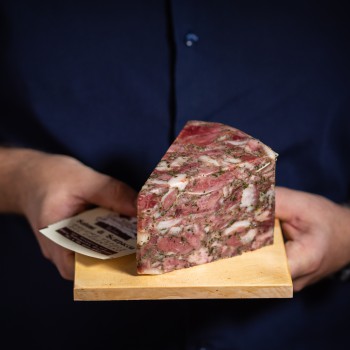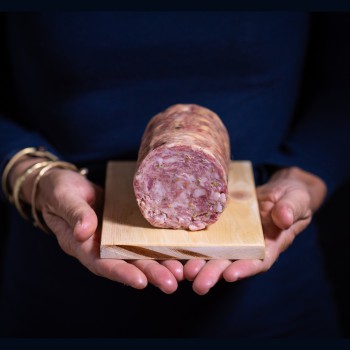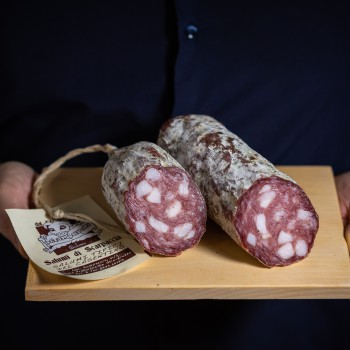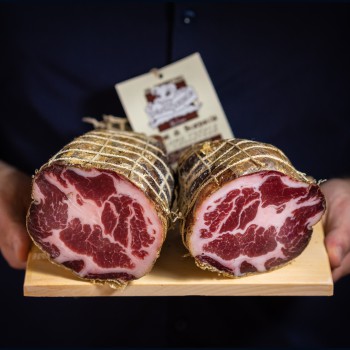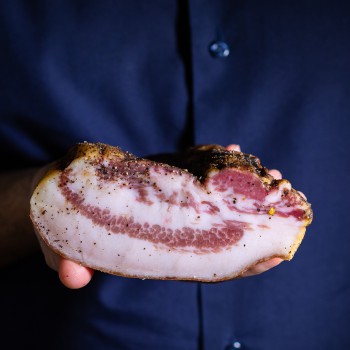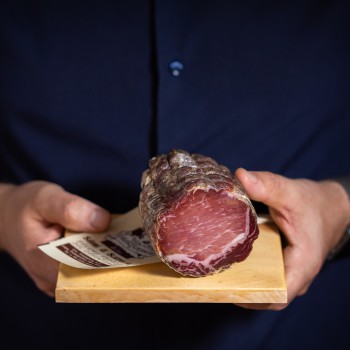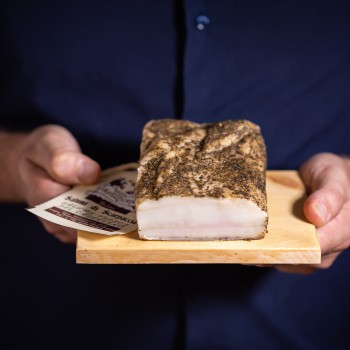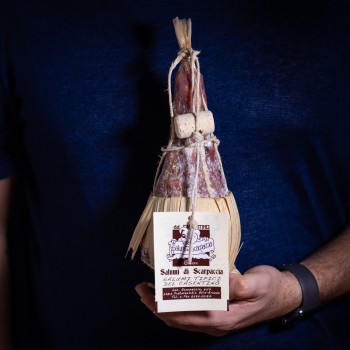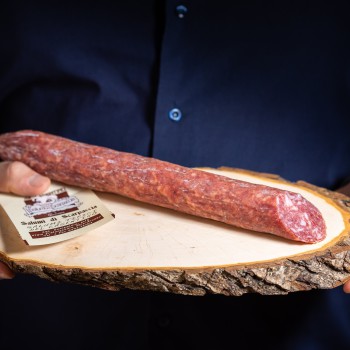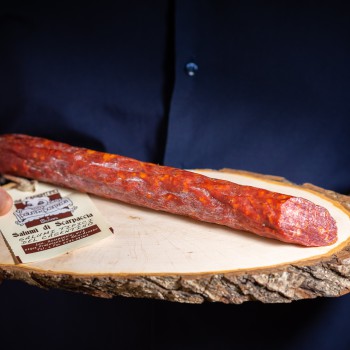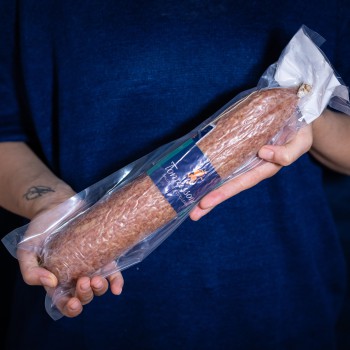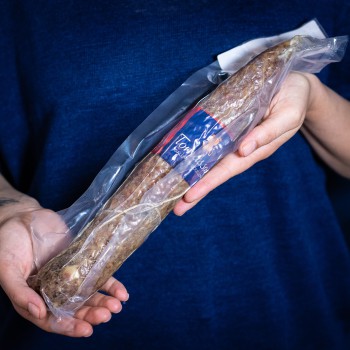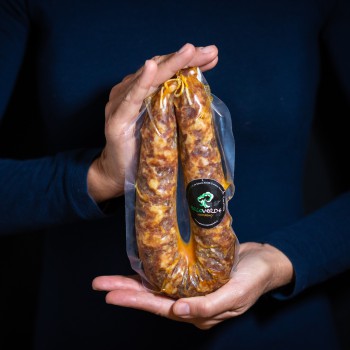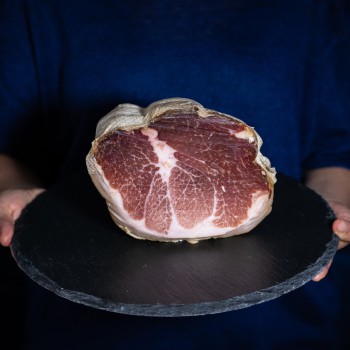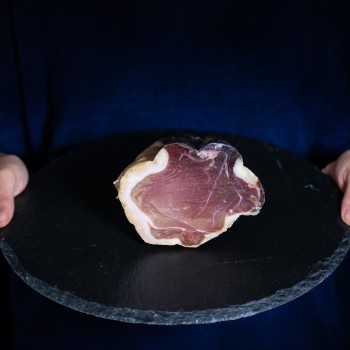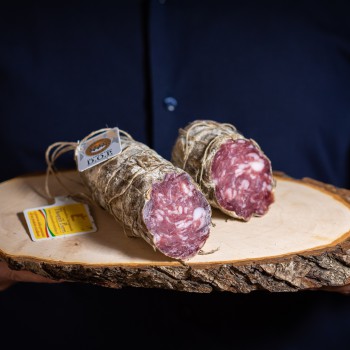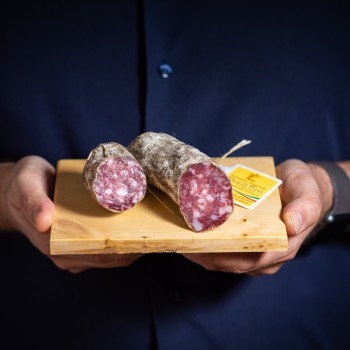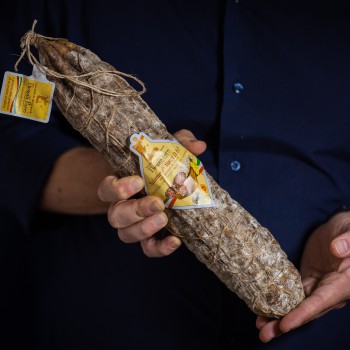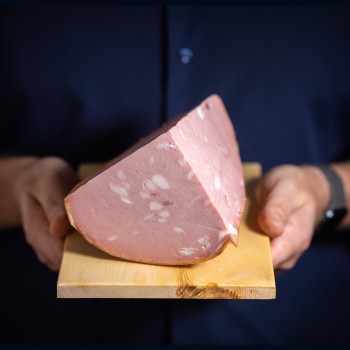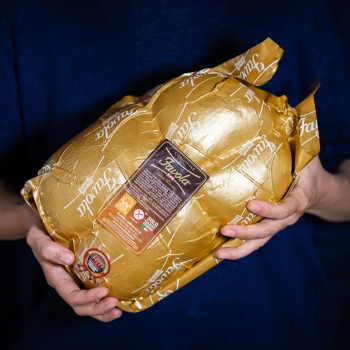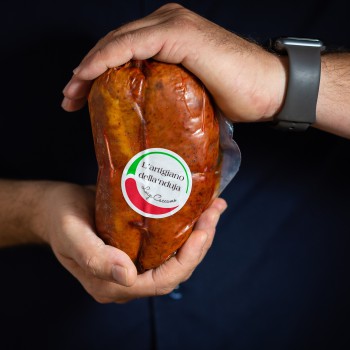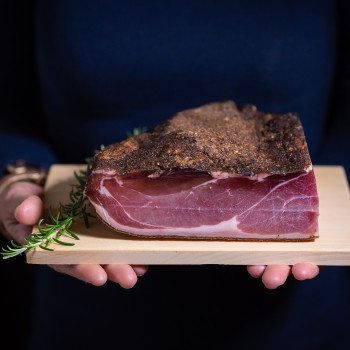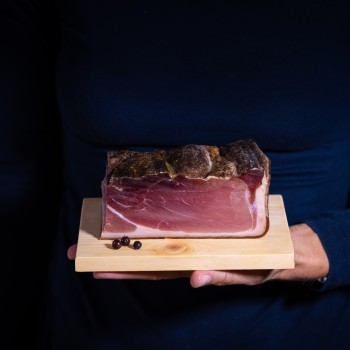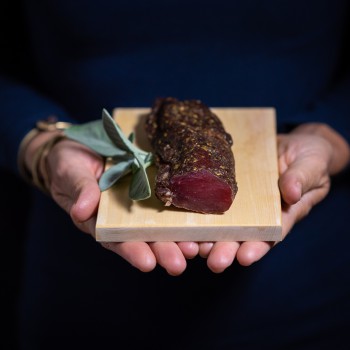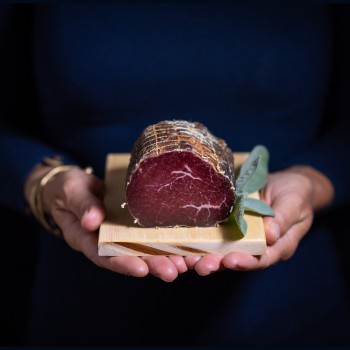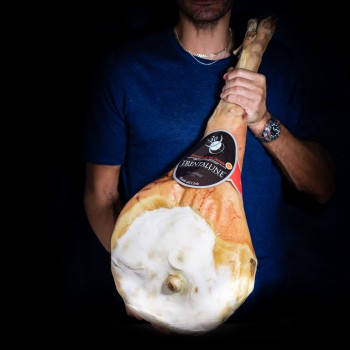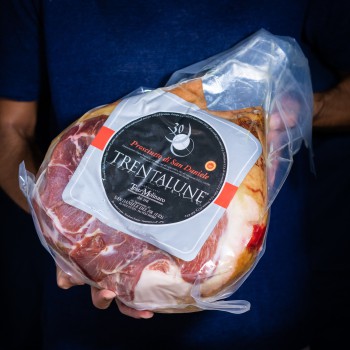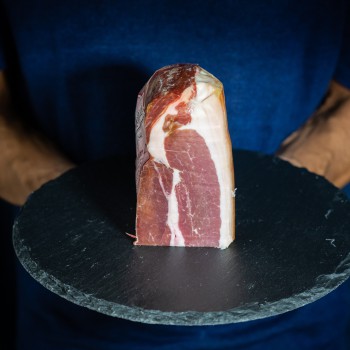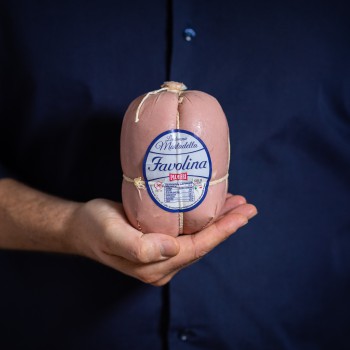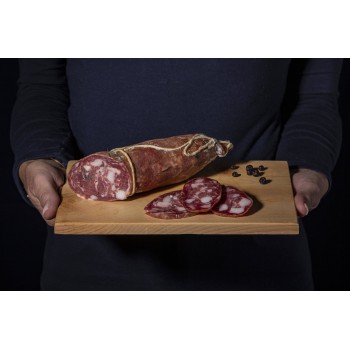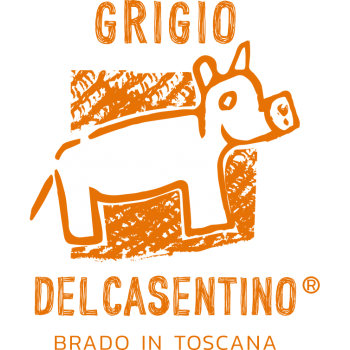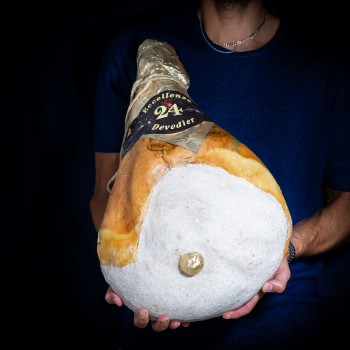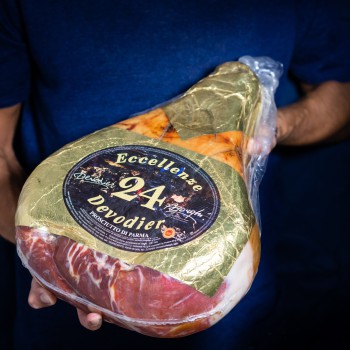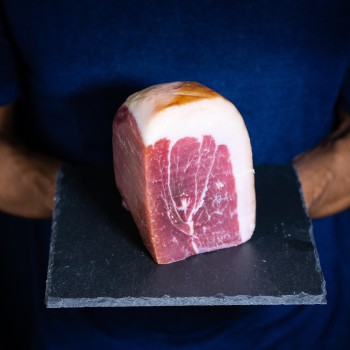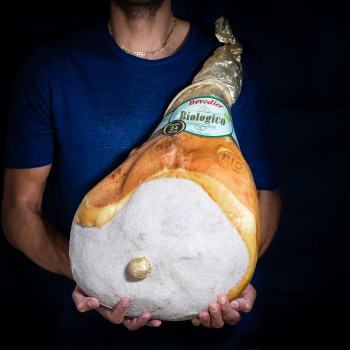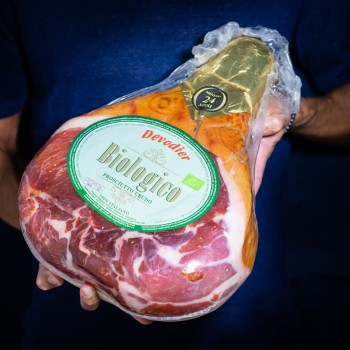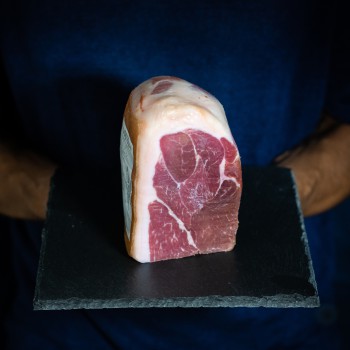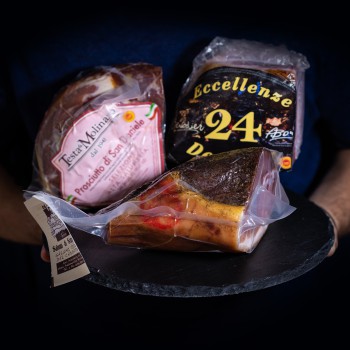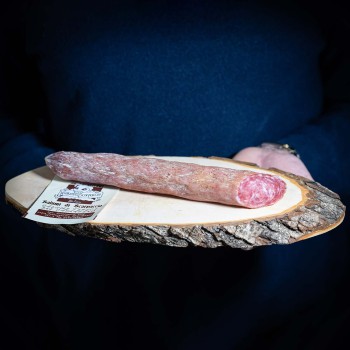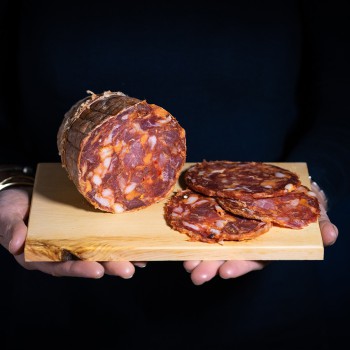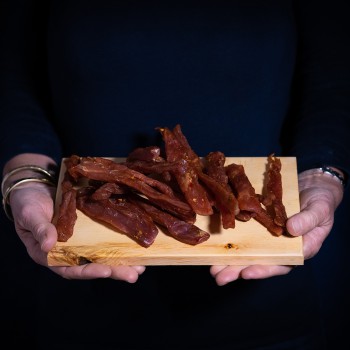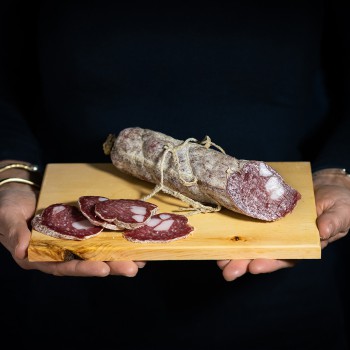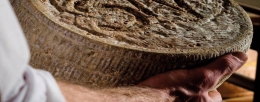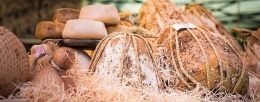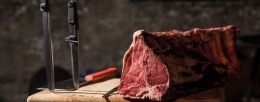Ferragosto is approaching, whip out the picnic baskets! What are we taking? All quick preparations to make and practical to carry and eat - dishes and cutlery are hardly needed! The secret? The best Italian cured meats.
Some suggestions for a mouth-watering cold cut platter
All Tuscan people like myself would probably agree with me, when I say that cold cut platters are my favourite starter dish, but they are much more than that. They can be served in a summertime buffet or can be enjoyed during an informal dinner. However, it goes without saying that the cold cuts that you choose for your platter must be delicious, genuine and of high quality.
That’s why it’s always preferable to choose handmade cold cuts and cured meats, made with Italian pork, ideally reared in a semi-wild state, just like Casentino grey pigs.
Flavourful handmade cold cuts have a balanced flavour and are not too salty. A friend of mine once told me that you can easily spot a prime-quality cold cut, because it makes you want to sip a glass of wine while eating it, but you’re not thirsty afterwards. It is not an exact science, but it for sure is a useful tip.
How to arrange the perfect cold cut platter
The platter
First of all, you need to choose the platter itself. It might not seem important, but the material on which you lay your cold cuts affects not only the arrangement, but also the flavour and overall enjoyment of the dish.
We really like wooden or slate board (that’s why we chose them for our product pictures!). These boards may be either more rustic looking or modern looking; the most important thing is choosing the right size, so that you do not end up overlapping the slices too much. You can choose either big or long platters, which you can easily place in between guests without taking too much space.
I personally like to place one platter in between two or three guests. For instance, I would usually prepare two mixed platters for four guests, to avoid the table being too chaotic.
As an alternative to wooden or slate board, I really love using ceramic platters, preferably old ones, because they give a feeling of home. Let’s go on to the cold cuts!
The cold cuts
The first thing to ask yourself is: how many slices should I count per person? Given the fact that the platter is an appetiser, I would usually count 50/60 gram (that is around 2-3 slices) of each type of cold cut per person. However, if your guests are big foodies, do not hold back.
I would also suggest proposing a theme. I think that each cold cut platter should be seen as an opportunity to take a little culinary trip and it must have a style and arouse curiosity. Your dinner will surely be a success!
What do you think about choosing a theme for your cold cut platter? How do you do it?
Here are some ideas:
- A platter with a variety of Italian dry-cured hams (PDO Parma ham, PDO San Daniele ham, Tuscan dry-cured ham, Casentino grey pork ham)
- A platter with a variety of Tuscan cold cuts and cured meats (Capocollo, salami, Soprassata, Sbriciolona and Tuscan dry-cured ham)
- A platter with a variety of cold cuts from Northern Italy (speck, smoked beef, San Daniele ham)
- A platter with a variety of cold cuts from Southern Italy (Pezzente salami, Soprassata calabra, Ventricina)
- A platter with different types of salami from all over Italy (PDO salame di Varzi, salame di Fabriano, Tuscan salami, salame corallina, Pezzente salami)
- An appetizer platter with all kinds of diced cold cuts and cured meats (Mortadella, cured sausages, Coppiette pork jerky, Ventricina)
You can find a lot of information on how to slice cut cold cuts for a platter. I am only going to give you two or three fundamental rules: Mortadella and Tuscan Soprassata should be diced; dry-cured ham should be sliced by hand if you know how to, otherwise you can slice it very thin with a slicer; Salame di Varzi should be cut diagonally, according to tradition.
I’ve already given you a couple of suggestions about plating. I think that the slices should be arranged loosely, so that they look voluptuous. You can also opt for a particular plating, such as a geometrical arrangement for instance, which has a retro, but charming style.
Dry-cured or cooked?
Italian cold cuts and cured meats are divided into dry-cured and cooked. Dry-cured cold cuts are not cooked, but, as the name suggests, they can age for a period of time ranging from just a few months to years. Dry-cured ham, Bresaola and Speck are dry-cured cold cuts, whereas several types of salami, Sbriciolona, sausages and Capocollo are dry-cured sausages.
Cooked ham is a cooked cold cut, whereas Mortadella and Soprassata are cooked sausages.
There are also smoked and non-smoked cold cuts. And among smoked cold cuts, only some are smoked with natural wood. In the case of Speck, PGI Alto Adige Speck’s product specifications only allow a natural smoking, but in many other cases smoke is just a liquid aroma… As I said many times before, you can find all relevant information on the ingredient list.
Food pairings
Cold cuts, just like cheese, pair well with many foods, and not only with wine: bread, jams, and fruits. Let’s take a look at them.
Cold cuts are flavourful, at times spicy and often oily to the palate. It is, thus, important to pair them with foods that are able to balance their taste and not overpower it. I also like to take into account the aging period, sweetness or smokiness of the cold cuts; these are important factors to consider in order to prepare a delicious cold cut platter.
You can pair figs with prosciutto and salami, sundried prunes with speck and pancetta, melon with prosciutto and Mortadella with pears.
Bread is a must for cold cuts. Homemade sandwiches and flat breads pair particularly well with cold cuts, as well as naturally-leavened bread or a warm baguette. I would suggest pairing some cold cuts, such as smoked cold cuts, with multigrain or rye bread.
I also like to serve cold cuts with grilled seasonal vegetables. Some delicious pairings I like are grilled aubergines with mortadella, bell peppers with salami and dry-cured ham with grilled zucchini.
You can also put on the table some acacia honey to serve with lard and pancetta or some Bronte pistachio pesto to enjoy with Mortadella.
All you need is some creativity and your guests will feel right on top of the mountains in Trentino, on the Tuscan hills or on the sunny beaches in Calabria. A prime-quality cold cut platter is a lot of fun to prepare and to eat. I’ve given you some tips, now show me what you can do!






















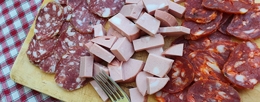
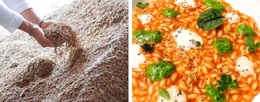
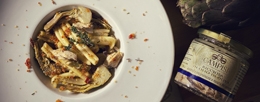

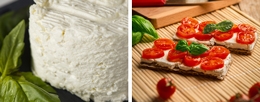
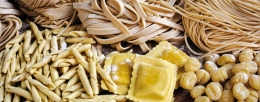
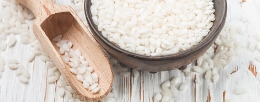
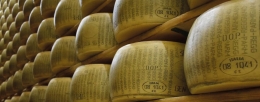
.jpg)
